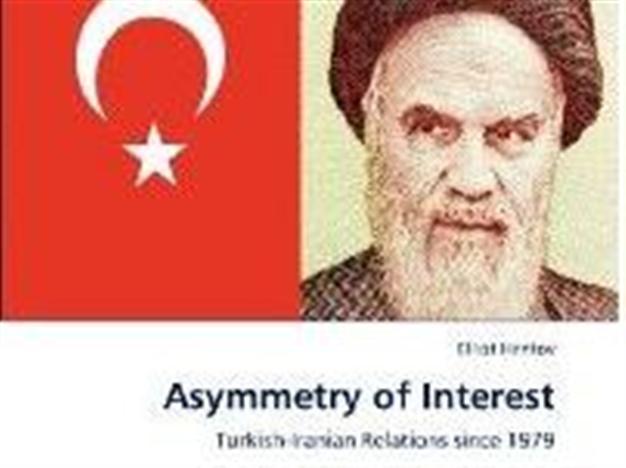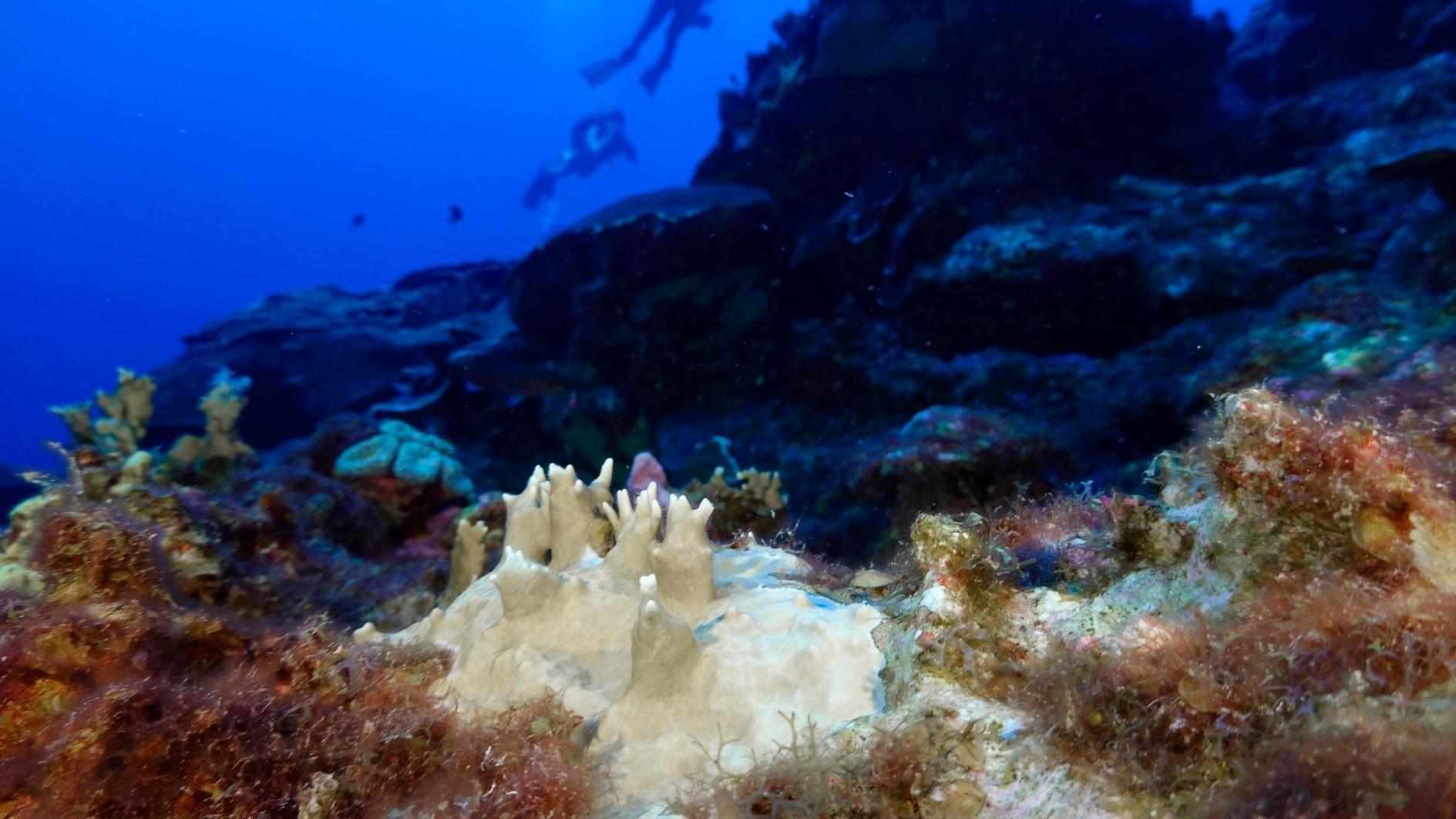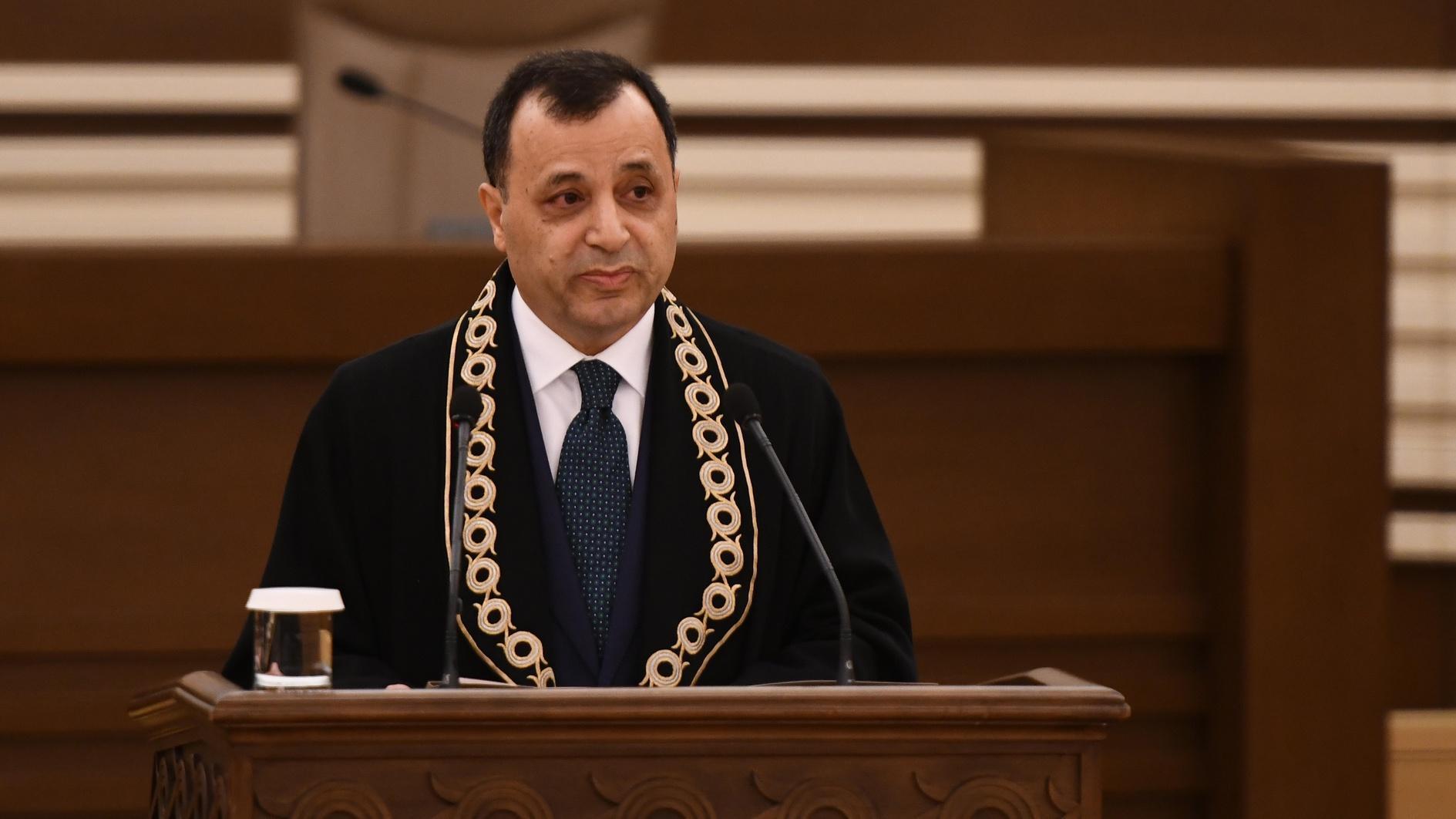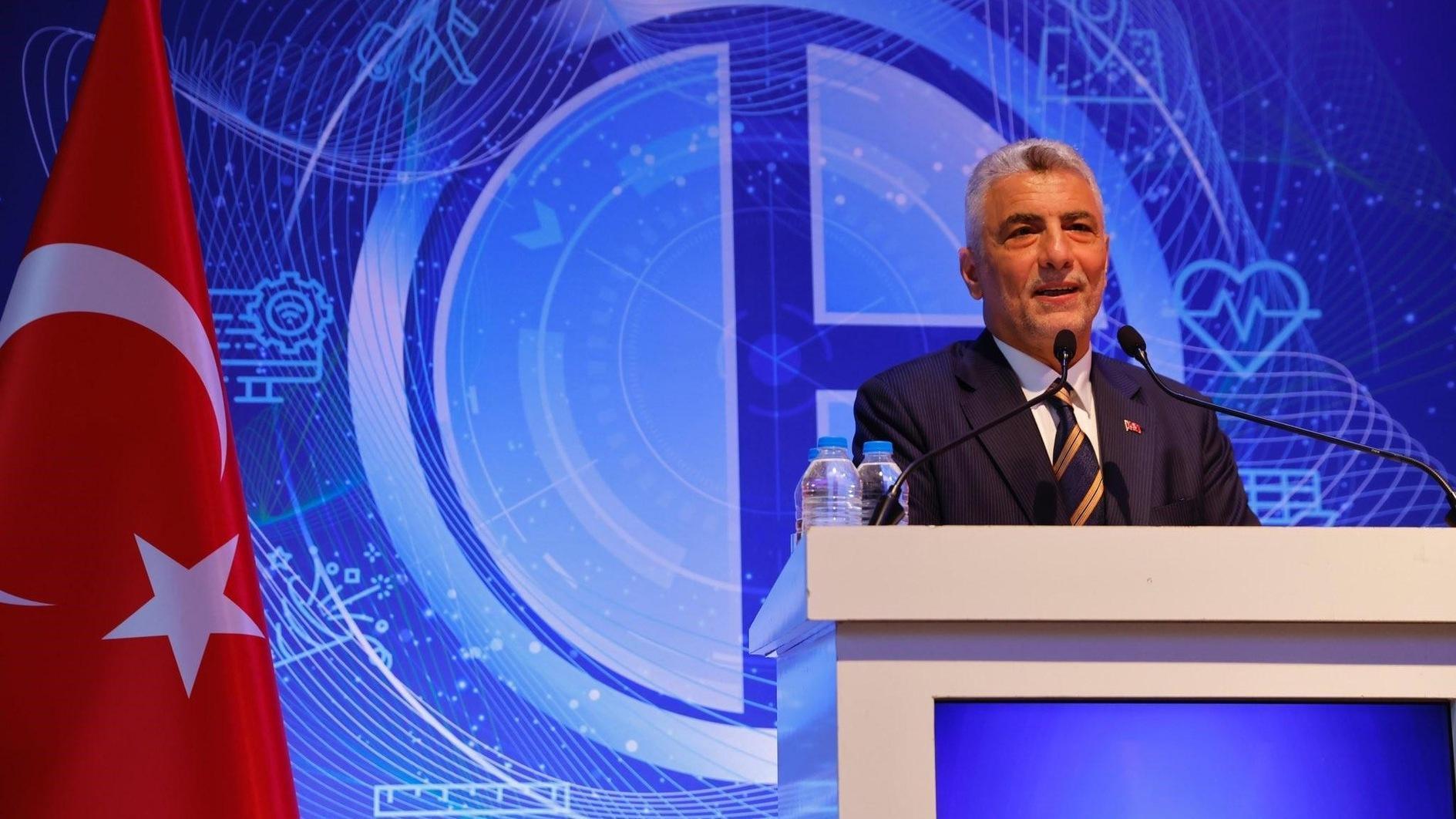Turkish-Iranian relations since 1979: Assymetry of interest ?
William Armstrong - william.armstrong@hdn.com.tr ISTANBUL
 ‘Asymmetry of Interest: Turkish-Iranian Relations since 1979’ by Elliot Hentov (LAP Lambert, 2012, $100, pp 312)
‘Asymmetry of Interest: Turkish-Iranian Relations since 1979’ by Elliot Hentov (LAP Lambert, 2012, $100, pp 312)Turkey and Iran have been rivals since the sixteenth and seventeenth centuries, when the Persian Safavid dynasty repeatedly clashed with its western neighbor, the Ottoman Empire. As Elliot Hentov writes in this astute study of bilateral relations since 1979: “Historically, the two countries have a deep legacy of interaction, primarily as competitors in imperial terms of power, religion and culture … The ‘Ottomans’ and the ‘Persians’ figured not only as territorial rivals, as contenders for leadership of the Islamic world, but also as symbols delineating the identity of their own empires.” It wasn’t so long ago that much was being made of the shared interests between the two on a number of key international issues, but sharp disagreements over the ongoing civil war in Syria have brought the limits of cooperation into sharp relief. The title of a recent paper on the relationship by respected Turkey observer Gareth Jenkins spoke volumes: “Turkey’s Relations with Iran: Occasional Allies, Enduring Rivals.”
In fact, in the twentieth century there were striking similarities between the regimes established by Atatürk in Turkey and his counterpart Reza Shah in Iran; the order of the day for both was modernization, authoritarianism, and Westernization. This paradigm was comprehensively upended by the 1979 revolution in Iran and the subsequent imposition of Islamic rule. However, despite the sharp ideological differences between the two regimes post-1979, relations were necessarily defined by pragmatism. Iran was careful to offer NATO member Turkey economic inducements - primarily oil supplies - in return for its abstention from any hostile U.S.-led counter-revolutionary measures, and Turkey did indeed avoid subscribing to the sanctions imposed by the U.S in the 1980s. Turkey also trod a delicate path during the Iran-Iraq War (1980-1988), and was largely able to maintain economic relations with both sides throughout. “All in all,” Hentov writes, “Turkish-Iranian relations had succumbed to pragmatism across the board. Though the regime types were antitheses of each other, both Ankara and Tehran took care not to endanger the fabric of bilateral relations.”
The “asymmetry of interest” of the book’s title refers to the contrasting levels of importance that Ankara and Tehran once ascribed to each other. While Iran has always featured as a major player in Turkey’s national security discourse, Turkey was typically absent from Iran’s foreign policy vision. This was largely due to Ankara’s traditional policy of inward-looking estrangement from the Middle East. However, with the collapse of the Soviet Union and the end of the Cold War paradigm, the Kemalist foreign policy conception has been steadily eroded. With Turkey’s gradual re-engagement in the region, Iran has been forced to reconsider its neighbor’s international role, and the “asymmetry of interest” has thus been steadily rebalanced. The electoral success of the Justice and Development Party (AKP) since 2002 has given these tendencies particular urgency, and the nuclear dispute between Iran and the West has provided Turkey with a perfect opportunity to enhance its regional status as a potential mediator. As Hentov states: “Turkey and Iran have used the ‘nuclear issue’ as a tool to advance their national interests … Underlin[ing] a departure from the traditional asymmetrical relations.”
However, the post-Cold War order has also fostered competition. The first areas in which Ankara and Tehran jostled for influence after 1991 were the newly-independent states of the Caucasus and Central Asia. In the long term, however, perhaps the most important theater for Turkish-Iranian competition will prove to be post-Saddam Iraq. Turkish and Iranian interests in Iraq initially converged in the shared aim to counter the possible emergence of an independent Kurdish state in the aftermath of the U.S.-led invasion, with the two cooperating in shared military operations against the Kurdistan Workers’ Party (PKK) and its Iranian affiliate, the PJAK. This was significant as Iran had previously tolerated - and even sometimes encouraged - the PKK’s presence on its soil, as a way to keep Turkey unstable and hamper its emergence as a regional rival. However, with the U.S. exit from Iraq and the increasingly independent Kurdistan Regional Government in the north, the scope for Turkish-Iranian competition has significantly widened.
Hentov doesn’t make the point explicitly, but the example of Iraq could end up being a microcosm of the whole region: American retreat followed by the emergence of multiple regional powers vying for hegemony. It all means that relations between Turkey and Iran are only going to get more important.
William Armstrong - william.armstrong@hdn.com.tr
Recommended recent release

‘Return of a King: The Battle for Afghanistan’ by William Dalrymple
(Bloomsbury, 50TL, 609pp)










